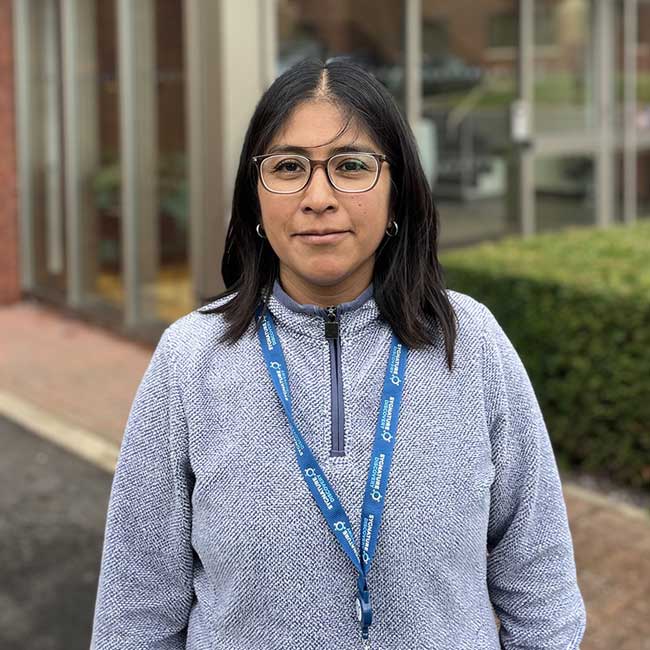More about Steve
Steve is interested in protein biochemistry, bikes and beer (not necessarily in that order). His academic journey begun at the University of Sheffield where, for better or worse, he discovered the world of protein biochemistry and structural biology. He thought it would be a great idea to do a PhD in this field, but not content on a regular difficulty PhD, he pitted himself against the formidable challenge of membrane protein structural biology. Following four years of caffeine fueled hard graft he graduated from the University of Cambridge, taking his hard-won skills to the University of Leeds to work on membrane proteins for a bit longer. Finally, after 11 years at Uni he decided it was time to stop being a student and find a real job (and possibly work on less obstinate projects). With a couple of stops along the way in Big Pharma such as GSK and Novartis, he found his way to Peak Proteins. When not heading up the Peak Proteins peloton, Steve tries his hand at all stages of the Peak Proteins workflow: from expression, through purification, all the way to crystallisation and structure determination. Membrane proteins forever remain in his heart.

































